Sale!
Description
A force-directed algorithm is a computational method used to visualize complex networks or graphs. It simulates physical forces between nodes in the network to determine their positions in a two-dimensional or three-dimensional space.Force-directed algorithms are commonly used in network analysis and visualization to explore relationships and patterns within large and interconnected datasets.
Purposes :
Only logged in customers who have purchased this product may leave a review.

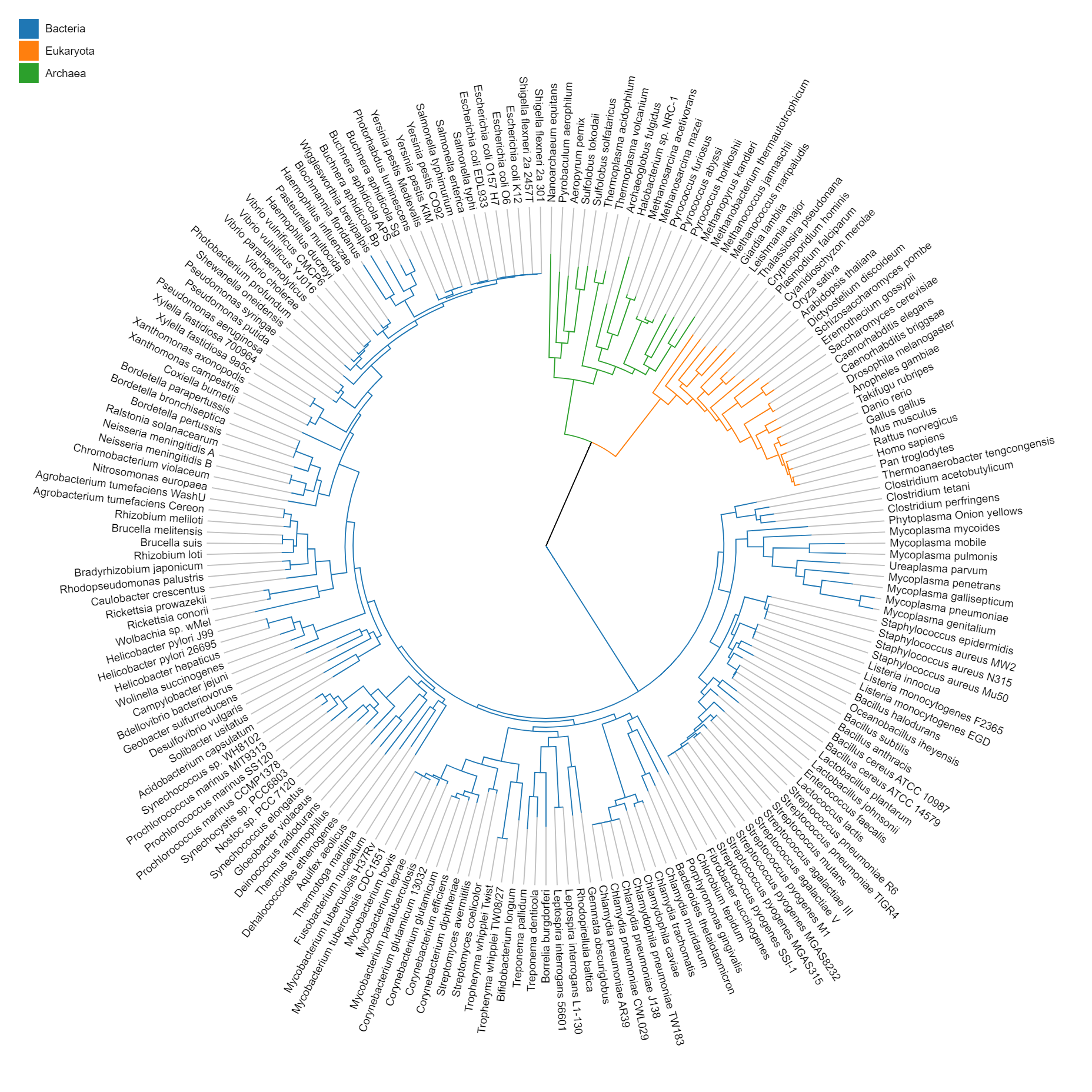
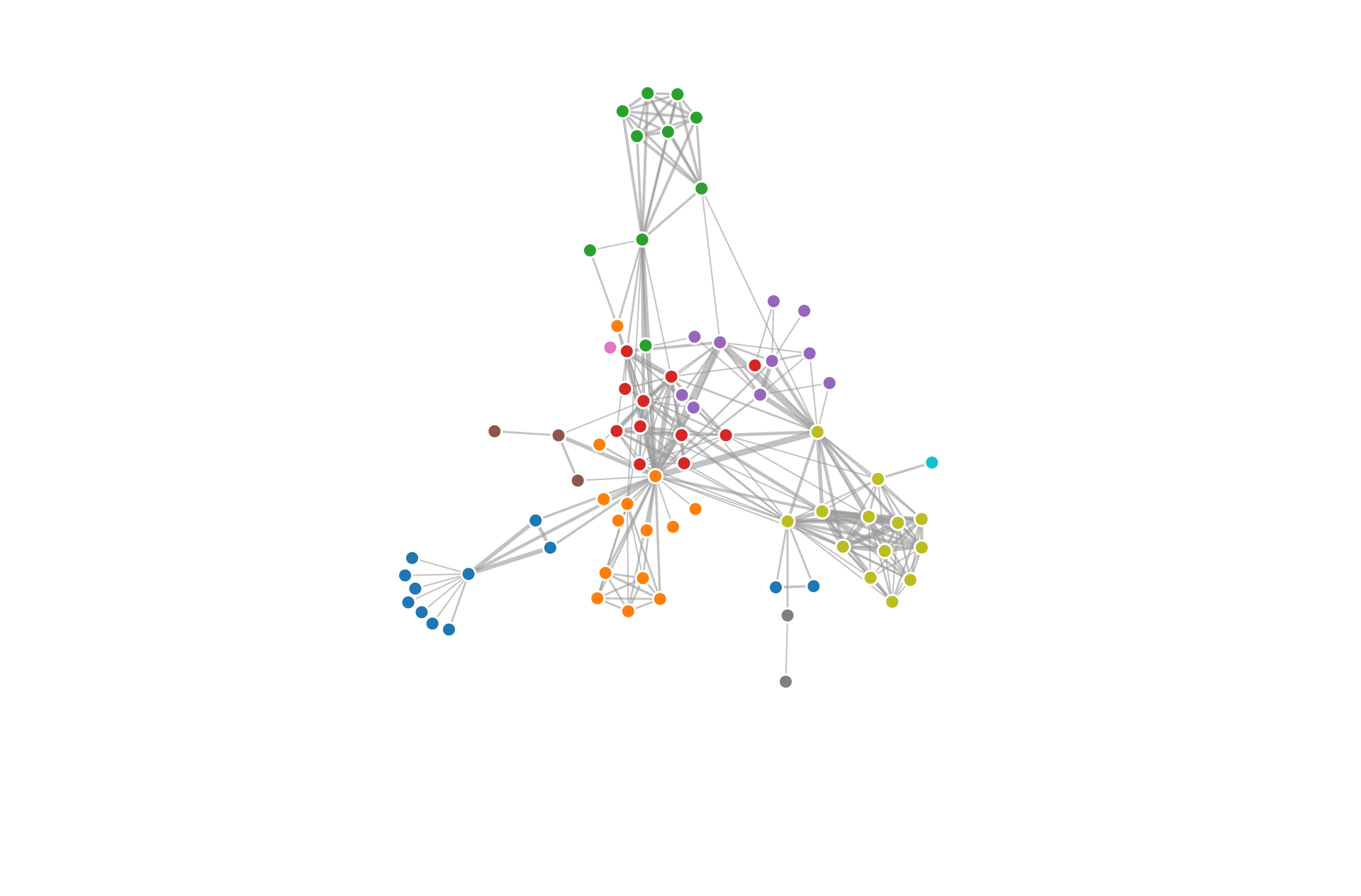
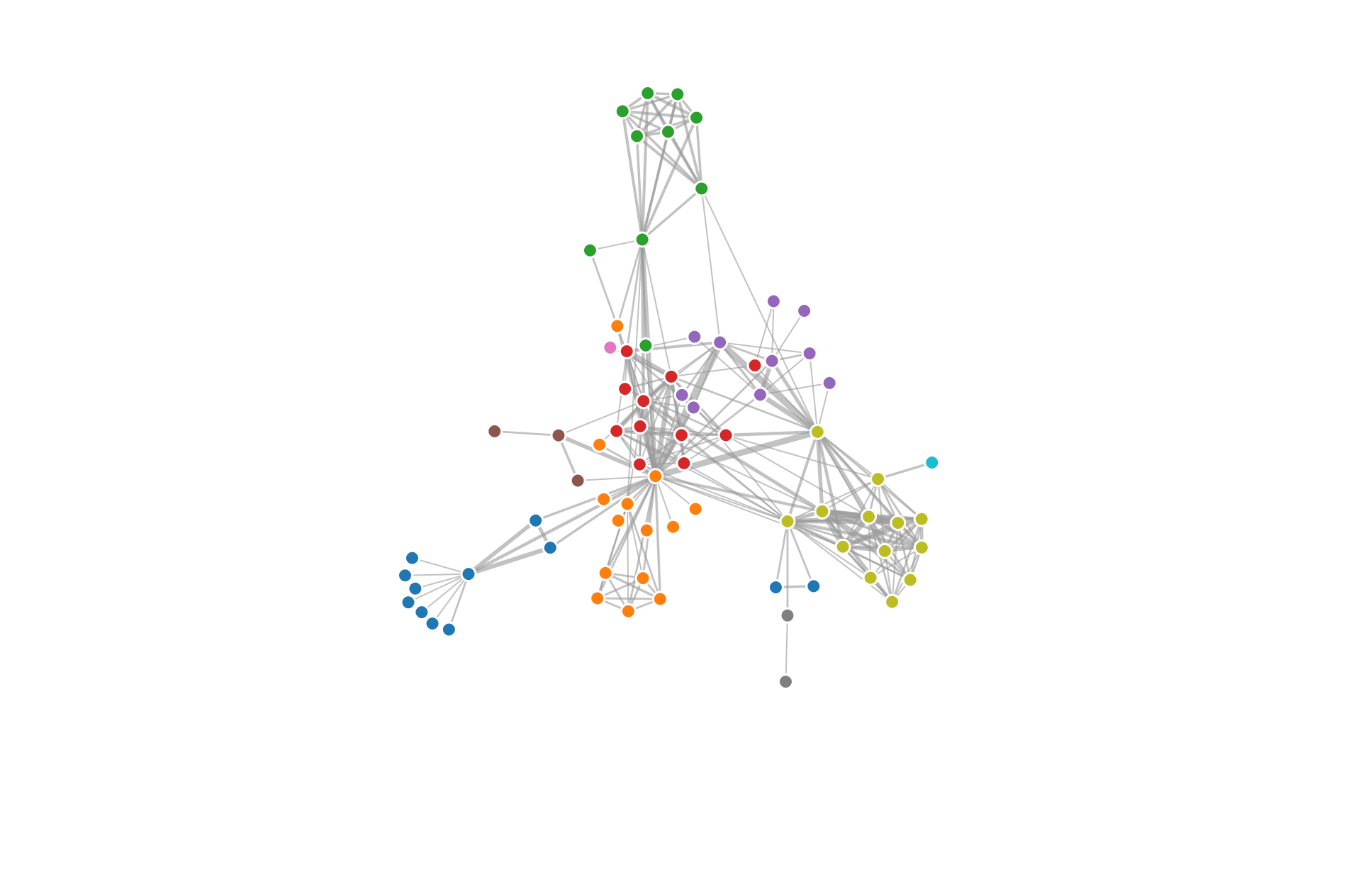
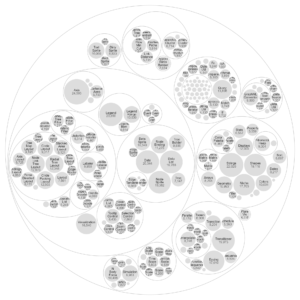
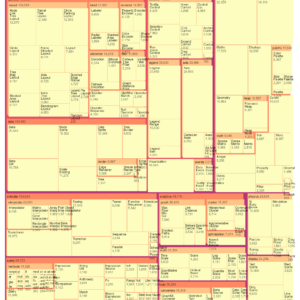
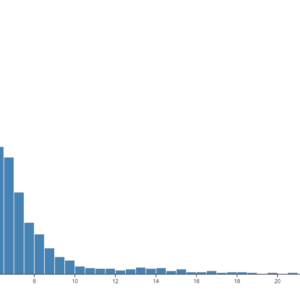
Reviews
There are no reviews yet.